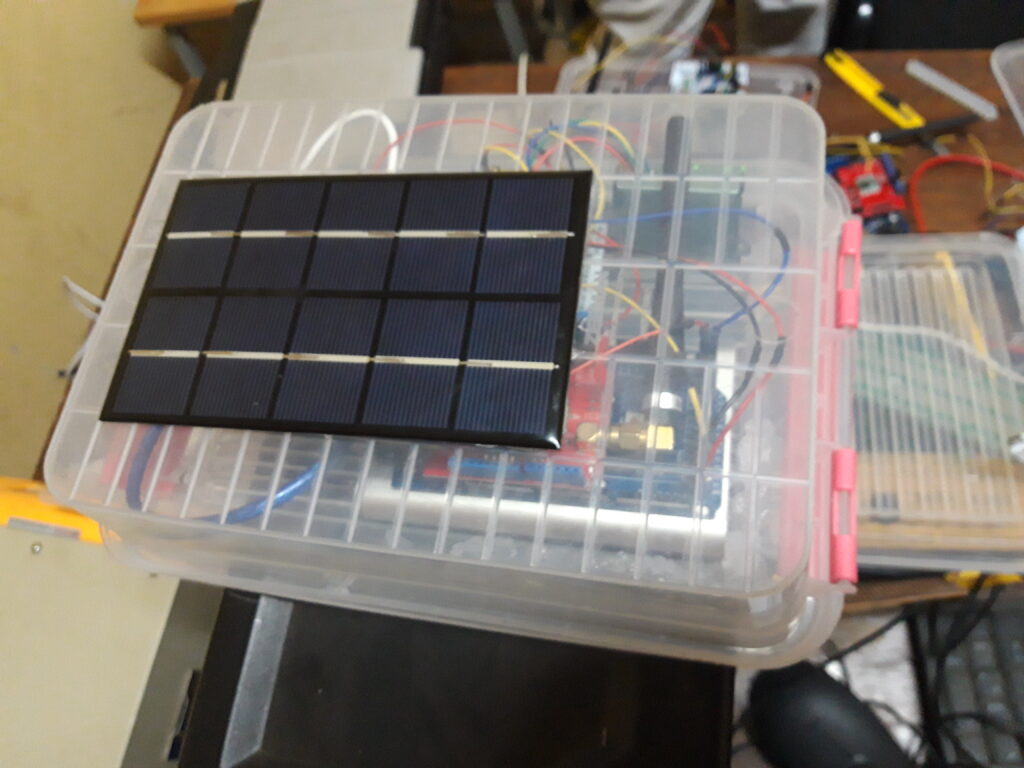AirQo has agreed to host our PM2.5 measurement data on their platform. AirQo started at Makere University (Uganda). It is currently the only builder of professional low-cost PM sensor systems in the African continent. I met them at the international conference “Together for cleaner air in Ethiopia” in Addis Ababa, December 2023. Their sensor systems provide real-time data, and this data is hosted on their platform. Over the past years, I have collected data at some locations in Arba Minch, and the coming year I plan to install fixed locations. Possibly I will include real-time data transmission on those measurement systems. However, AirQo also agreed to host historical data, based on CSV files I submit to them.

As a sample, I submitted historical data collected between April – May 2021. You can download it by visiting www.analytics.airqo.net. This proof of concept shows the future opportunity of locally constructing sensor systems in Arba Minch, installing them across Ethiopia, and openly sharing the data.
















